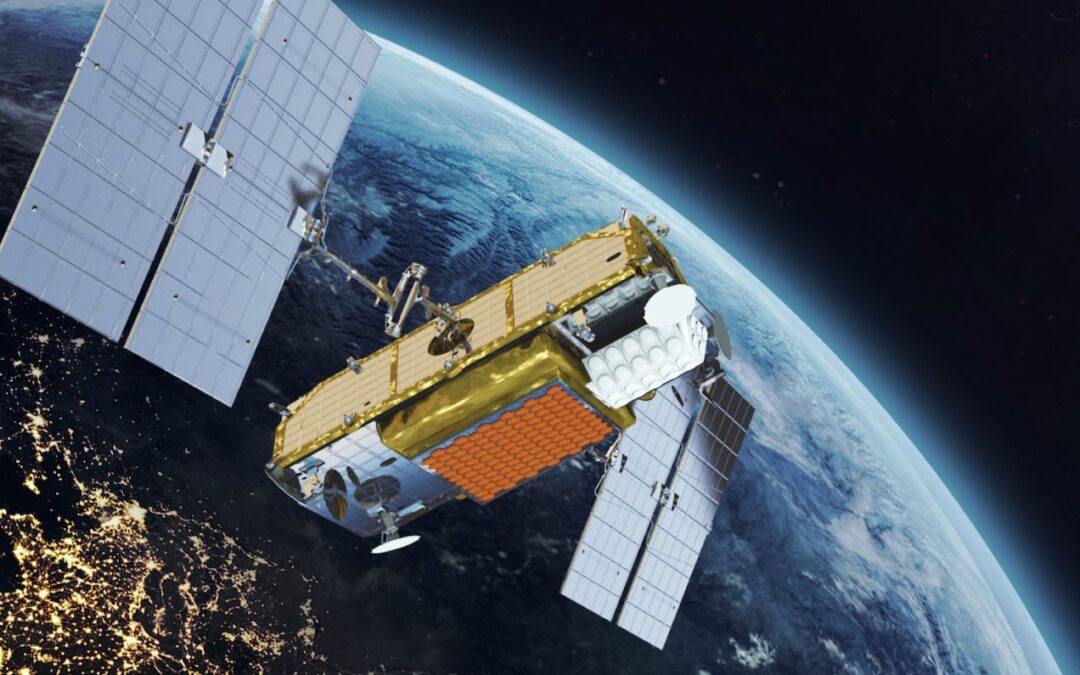Image: Iridium Commuications
What’s New: Article about Satelles time and location services. Part of the GPS World series on non-GNSS PNT.
Why It’s Important:
- Satelles is broadcast from Low Earth Orbit (LEO) meaning the signals are stronger, less likely to be interfered with and can penetrate farther into buildings, etc, than signals from GPS/ GNSS in Medium Earth Orbit (MEO).
- Satelles is a pioneer and leader providing these kinds of service from LEO.
- Interestingly, the company has been able to do this without having its own satellites. They use Iridium communications satellties.
What To Know: Satelles’ innovations have inspired others to:
- Develop dedicated PNT constellations at LEO. There are commercial and government projects in the U.S., China, and Europe.
- Explore and use existing LEO communications constellations for PNT.
What Else to Know: Combining space-based and terrestrial systems can provide greatly increased resilience and security for users. See for example the paper Satelles co-authored: “A Holistic Approach to Trusted Resilient PNT – GNSS STL and eLoran”
Blog editor’s note: We are intrigued by Mike O’Connor’s comments and eager to see what is next for Satelles.

PNT by Other Means: Satelles
An exclusive interview with Dr. Michael O’Connor, CEO, Satelles. For more exclusive interviews from this cover story, click here.
How many Iridium satellites carry your system?
Iridium has 66 active satellites. There are also several spares on orbit. The satellites were all launched between 2016 and 2018, so they are all relatively new. They cover the entire globe, 24 hours a day, seven days a week, so they have universal coverage.
How will your constellation grow?
Today, our Satellite Time and Location (STL) service is offered only over the Iridium satellites. There’s nothing else that we’re discussing publicly. It could expand over time to other satellites. The signal and the capability are flexible. In terms of how Iridium could change, that’s more for Iridium to discuss than us.



